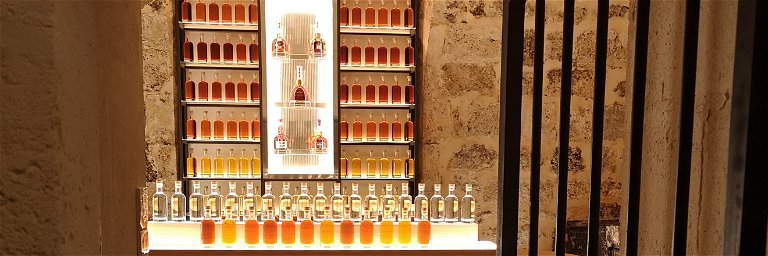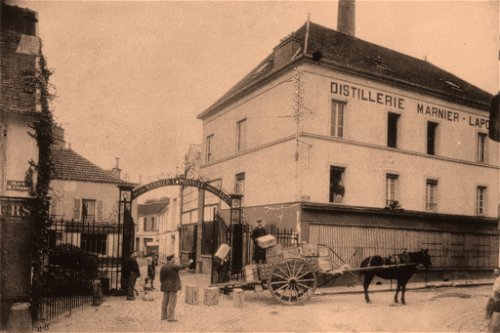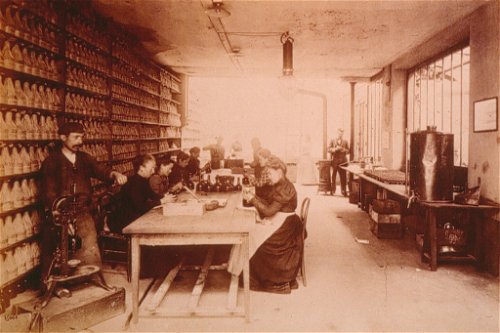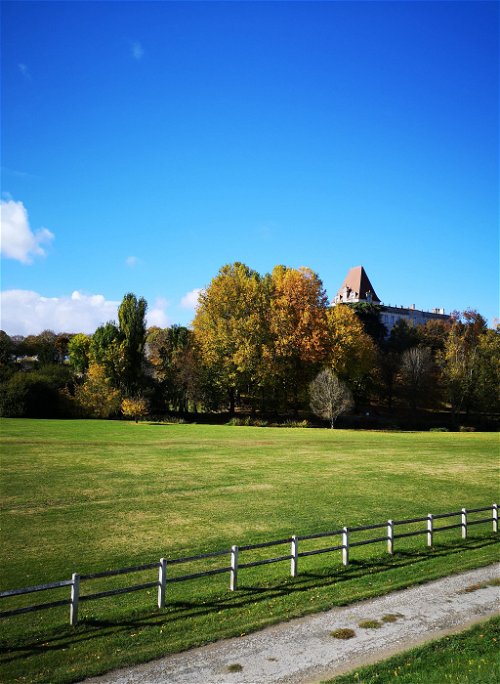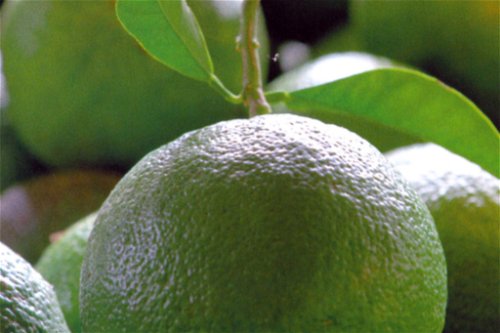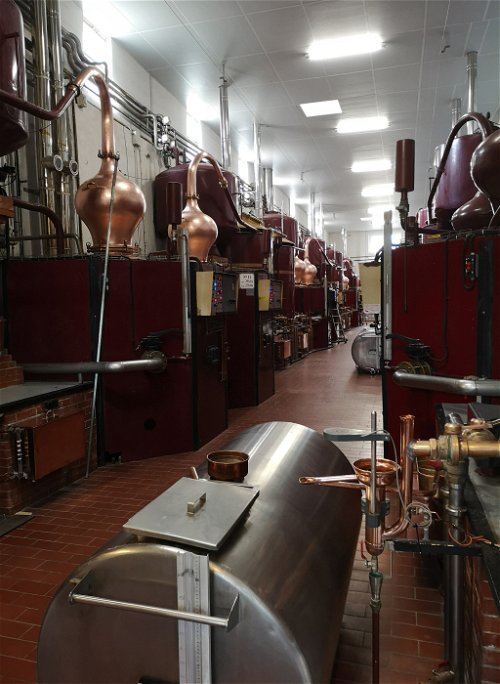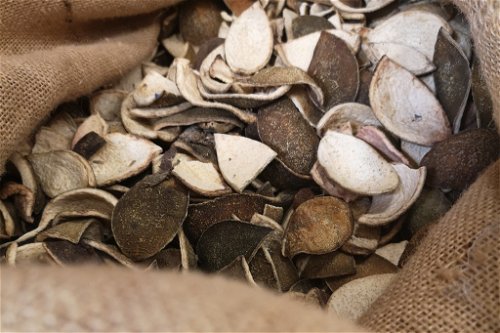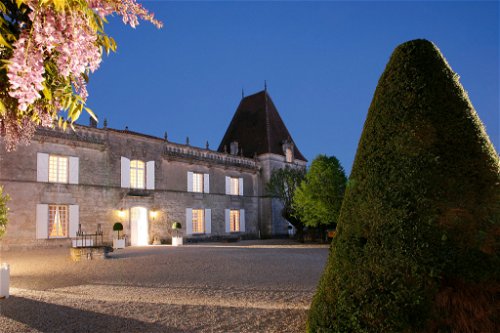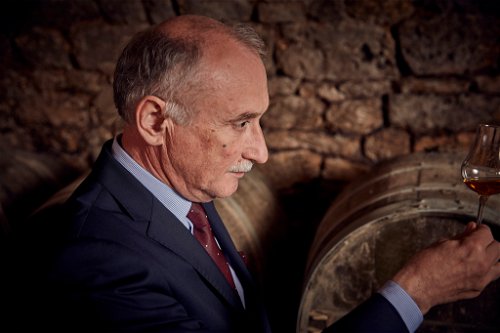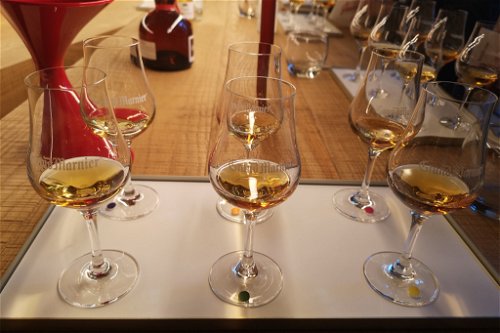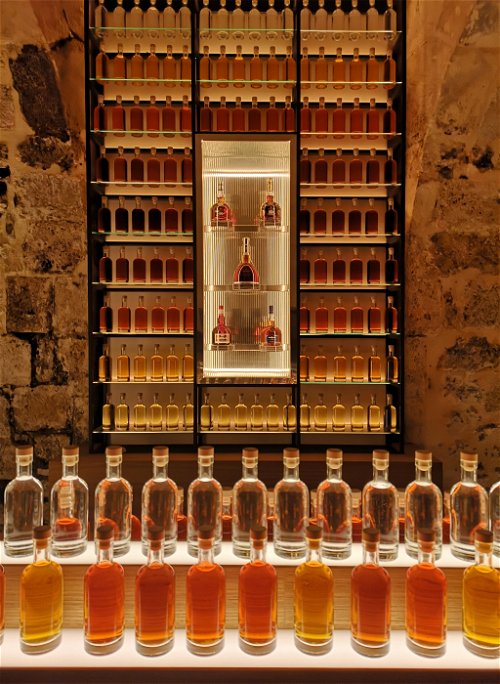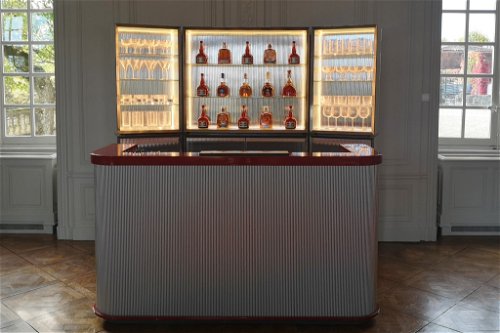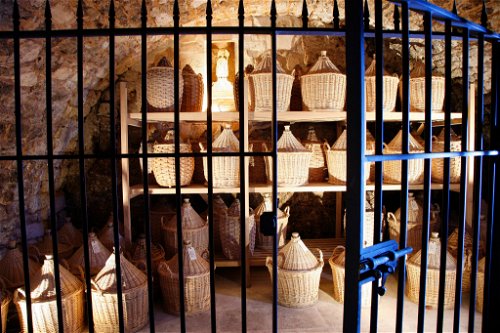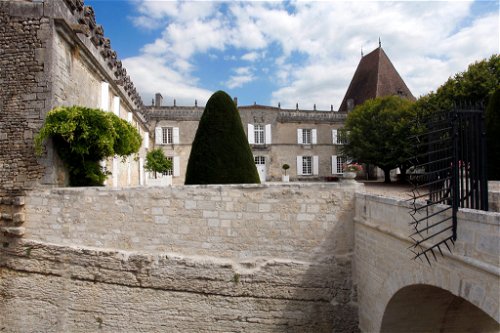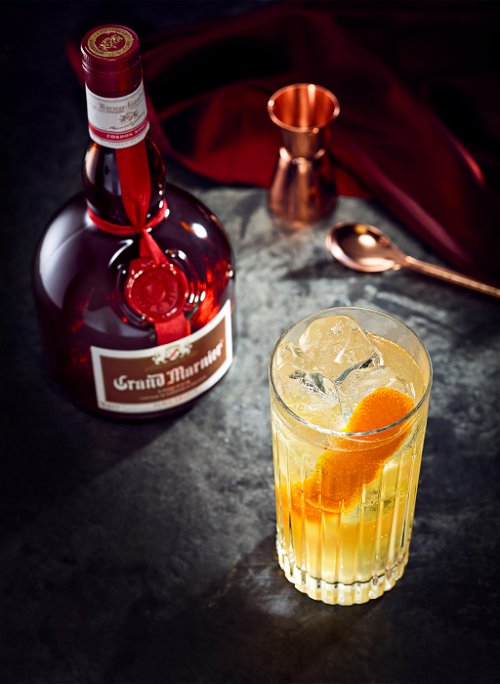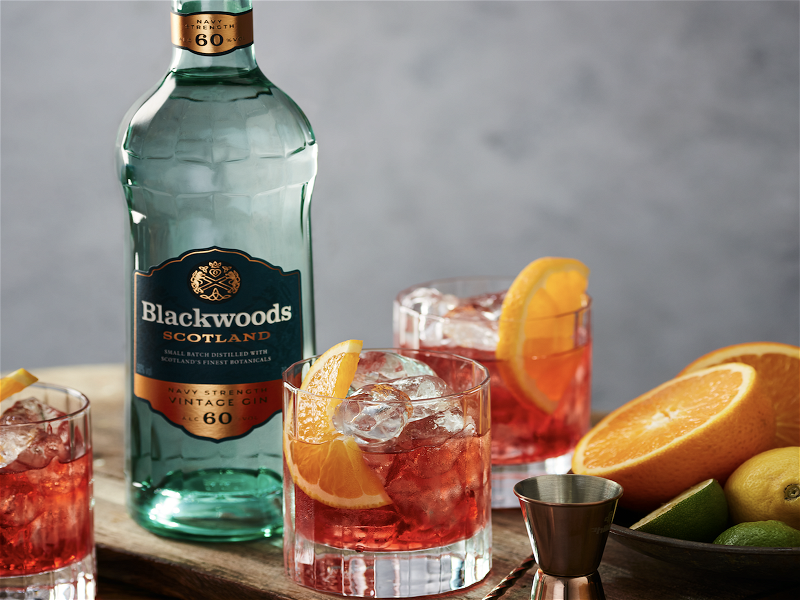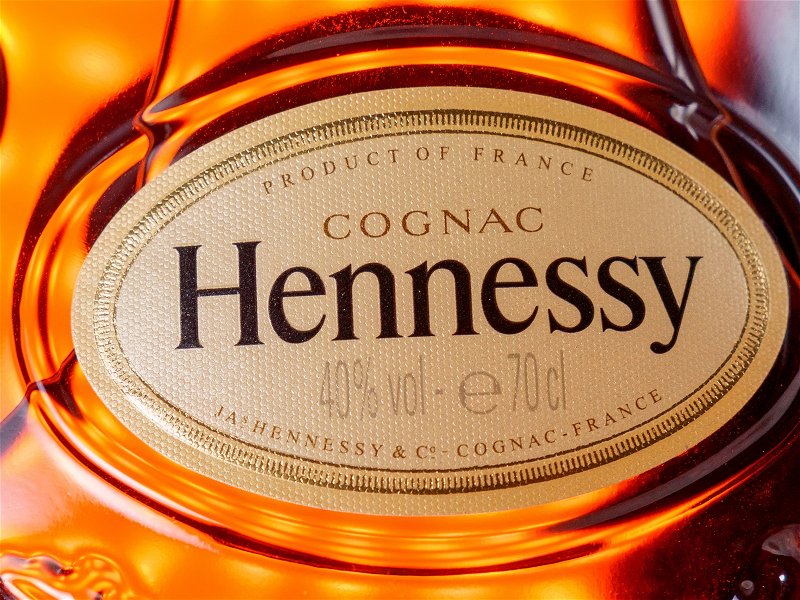Grand Marnier: Exoticism & French craftsmanship in a single bottle
The Grand Marnier brand is constantly reinventing itself but the focus remains on quality and true craftsmanship, from the grapes and bitter oranges to the finished liqueur.
Behind the iconic Grand Marnier brand lies a living tradition that, thanks to the dedication and enthusiasm of the people behind it, continues to break new ground. One thing remains constant: the craft and quality of the product, from the grapes that are distilled for the liqueur to the production of the wooden barrels in which the Cognac matures and the sustainably harvested and sourced oranges to the blending – the heart of the liqueur.
With Master Blender Patrick Raguenaud, Falstaff got an exclusive look into the world of Grand Marnier as part of the 'Grand Experience' – including a tasting of the renowned liqueur and some rarities from the cellar of the historic Château de Bourg-Charente, where Grand Marnier is still produced today.
A eccentric idea
The liqueur's history dates back to 1880, when the visionary Louis-Alexandre Marnier Lapostolle had what was considered at the time the eccentric idea of creating an avant-garde "Grand" liqueur by combining French Cognac with exotic oranges from the Caribbean. However, the liqueur's current name was actually coined by someone else. While Louis-Alexandre originally called it 'Curaçao Marnier', his close friend and founder of the renowned Ritz hotels César Ritz came up with the name Grand Marnier: "A grand name for a grand liqueur!"
The best crus
Like the recipe for Grand Marnier, which has been passed down six generations of the house's master blenders, the production of the Cognac itself has remained the same over the centuries: Ugni Blanc grapes sourced from the best vineyards in the region, 450km southwest of Paris. Close relationships are maintained with the region's winegrowers, who supply the grapes for the Cognac.
To produce Cognac from the white grapes and give it its complex character, the wine is distilled in copper stills. Unlike other spirits, however, each batch is double-distilled for 24 hours. Afterwards, the clear brandy produced during distillation is matured in oak barrels, which gives Cognac its characteristic colour. However, Cognac is rarely created from a single eau-de-vie. The master blender must use their expertise and various techniques to pair different aged eaux-de-vie and crus.
The ageing of the eaux-de-vie in oak barrels is an art in itself and is carried out in both Troncais and Limousin oak to achieve the right complexity. The properties of the oak interact with the eau-de-vie and influence its flavour, so the barrels are handcrafted and fired especially for Grand Marnier by the family-owned Vicard Tonnelleries.
The essence of bitter orange
The essence of the fruit known as Citrus bigaradia or Seville orange are an essential ingredient of Grand Marnier, providing its distinctive bitter taste. When Louis-Alexandre developed the recipe in the 19th century, oranges were still an exotic luxury. Even though much has changed since then, only Citrus Bigaradia oranges are used in the production of Grand Marnier to this day.
The citrus fruits are hand picked while they are still green, when they are at their most aromatic. The orange peels are then dried in the sun – an important process that helps preserve the aroma of their essential oils. Once dried, the peels are sent to the Château de Bourg-Charente distillery, where they are soaked in neutral alcohol in large vats. Slow distillation is then used to concentrate the aroma of each peel to obtain the pure essence of bitter orange.
A perfect union
The last and most important step is the union of the cognac with the orange distillate – the moment when Grand Marnier with its unmistakable aroma is finally created. The process is carried out in Gaillon-Aubevoye, where the liqueur is also poured into its elegant bottle and finished with a red ribbon and wax seal as a symbol of authenticity.
Exclusive tasting at the historic Château
After visiting the Vicard cooperage and Cabanne Cognac distillery, Falstaff was given exclusive access to the stately Château de Bourg-Charente and the premises where the bitter orange essence is produced, starting with the dried orange peels, which are delivered in brown bags and wait in the warehouses for processing, to the finished essence.
In the historic cellars, which resemble a hidden treasure chamber of sorts, selected liqueurs were then tasted with Master Blender Patrick Raguenaud. These included the Grand Marnier Cordon Rouge, the Cuvée du Centenaire, which was created in 1927 to celebrate the 100th anniversary of La Maison Marnier Lapostolle, and the Grand Marnier Louis-Alexandre, which is dedicated to founder Louis-Alexandre.
With its Exceptional Range, the brand also launched two Grand Cuvées, Quintessence and Révélation, in the UK market this year. Both are characterised by aging and a complex distillation process.
However, the biggest surprise of the 'Grand Experience' was still waiting for us: after an outstanding dinner at the château, we were given an exclusive insight into the rarities cellar, where some treasures from days gone by could be tasted by candlelight.
Tips & Addresses
- Restaurant La Ribaudière
2 Place du Port, 16200 Bourg-Charente
laribaudiere.com
- Restaurant La Maison
1 Rue du 14 Juillet, 16100 Cognac
restaurant-lamaison-cognac.fr
- Le Bar Louise
1 Place François 1er, 16100 Cognac
barlouise.com
- Hôtel François Premier Cognac Centre
3 Place François 1er, 16100 Cognac
hotelfrancoispremier.fr
- Tonnellerie Vicard
184 Rue Haute de Crouin, 16100 Cognac
groupe-vicard.com
- Distillerie Cabanne et Fils
Chez Genin, 1 rue des Distilleries, 16200 Bourg-Charente
distillerie-cabanne.fr
